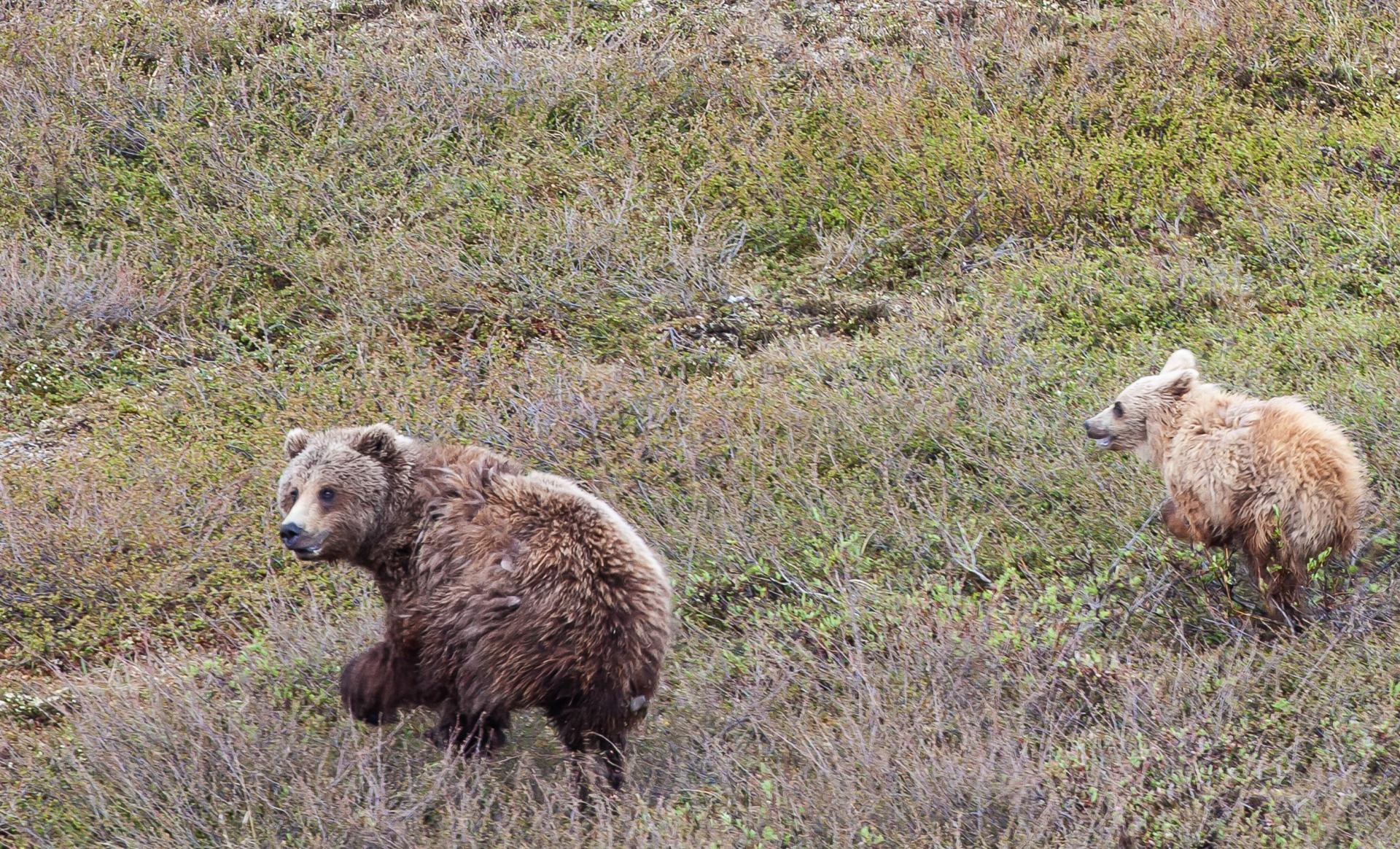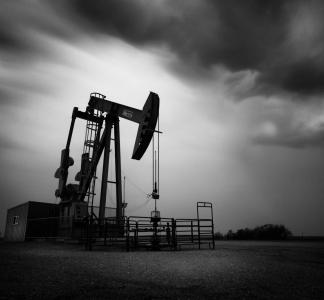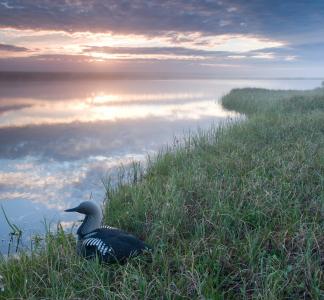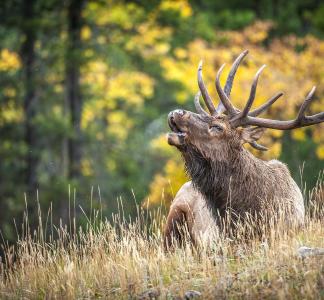Bob Wick, BLM
Oil development and fragile habitat don’t mix
It’s no surprise that the Western Arctic is an internationally important bird destination. This vast area in northern Alaska is full of extraordinary rivers, lakes and wetlands, all of which attract millions of migratory birds every year.
Parts of the Western Arctic are open to oil and gas drilling. But in years past, Congress recognized certain special areas as too fragile for oil development and set them aside. Those protections were further expanded during the Obama era. Today many of these important habitats are in danger of being turned over to oil and gas leasing.
In March of 2023, the federal Bureau of Land Management granted final approval to ConocoPhillips’ controversial Willow project, a massive $8 billion oil drilling project that is projected to release more than 280 million metric tons of greenhouse gases over the next 30 years.
Meanwhile, 4.6 billion barrels of oil exist under lands already leased elsewhere in the Western Arctic, and Willow’s infrastructure will make those leased acres more accessible for development. The potentially devastating climate impacts of Willow and future projects make it vital for America to develop a plan for better managing oil and gas reserves on public lands.
The Wilderness Society is working to ensure protections for those special areas endure in the next few years. Our team of scientists are conducting essential primary research on caribou migration patterns and on Arctic Whitefish habitat to build the record of support for these special areas. There are 4.6 billion barrels of oil under lands already leased to oil and gas companies in the Western Arctic. The devastating impacts of additional oil and gas development in these special areas makes it even more vital that we develop stronger protective measures for the Western Arctic.
The Western Arctic is made up of some of the best bird habitat in the country. Millions of migratory birds from every continent on Earth hatch and raise their young here. The reserve's massive size (22.8 million acres) also supports tens of thousands of caribou and populations of wolves, musk oxen, grizzly and polar bears.
The threat
More of the Western Arctic is in danger of being opened to oil and gas leasing. In 2013, we won a major victory for this area by persuading the Obama administration to create a land-management plan that set aside special areas of the Western Arctic. These prime habitat areas were to be protected from oil and gas leasing. All together, they spanned about 11 million acres. Designated Special Areas with critical wildlife habitat, such as Teshekpuk Lake, Colville River and Utukok Uplands, were to be protected among them.
Now, the Trump administration is likely to revise this plan and put the protected areas back in the crosshairs of oil and gas development. Industrial development and new infrastructure could damage habitat and disrupt age-old migration, birthing and nesting patterns for the Western Arctic’s caribou, migratory birds, fish and other animals.
What we're doing
-
Influencing policy
We’re working with government agencies to ensure that oil development in the Western Arctic happens responsibly, and not in sensitive special areas.
-
Banding together
We’re working closely with local, regional and national conservation groups and local indigenous communities to bring more power to the fight to protect the Western Arctic.
-
Advancing scientific research
We’re researching and publicizing the habitat importance of places like the Teshekpuk Lake Special Area to keep them off-limits to drilling.




